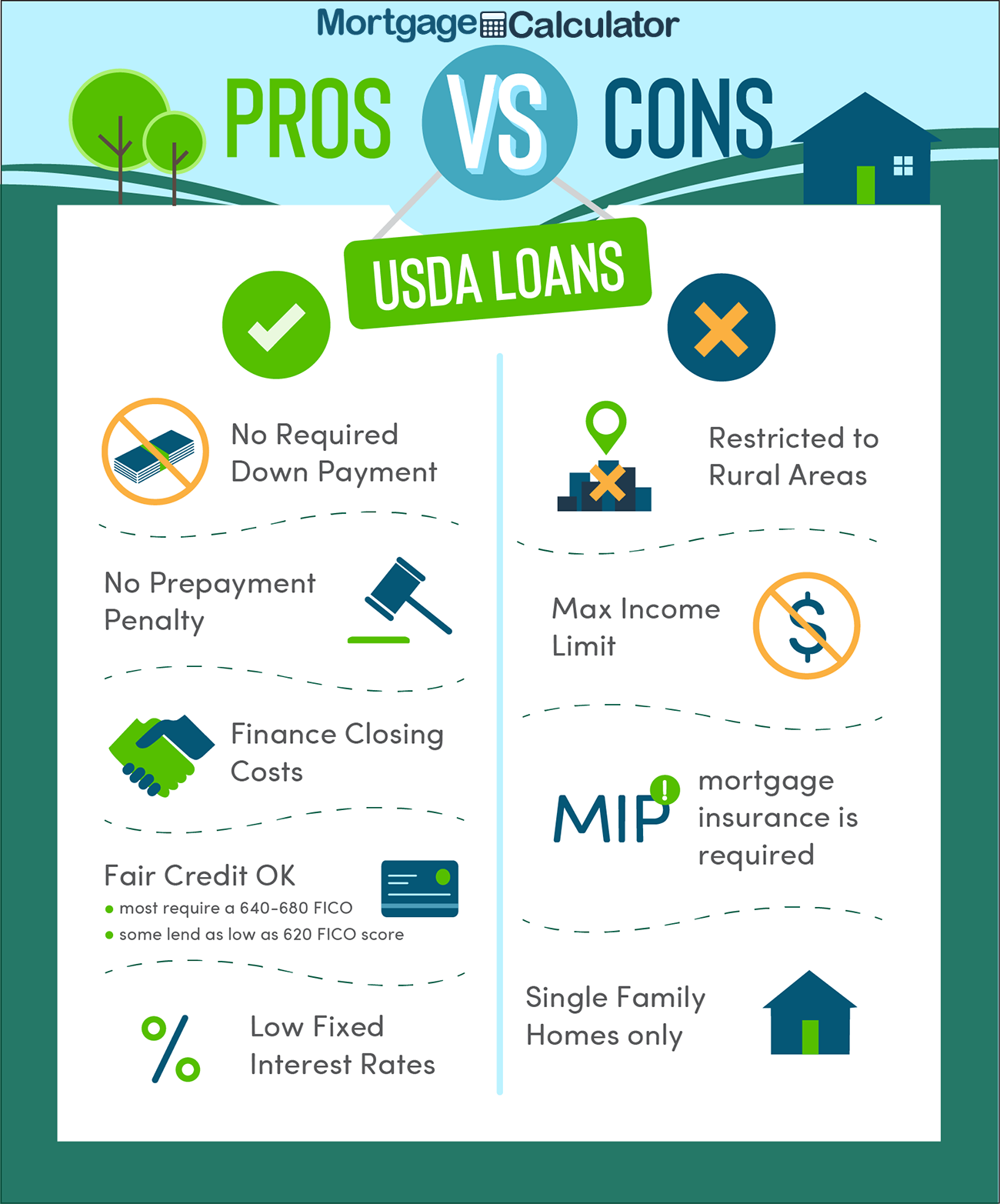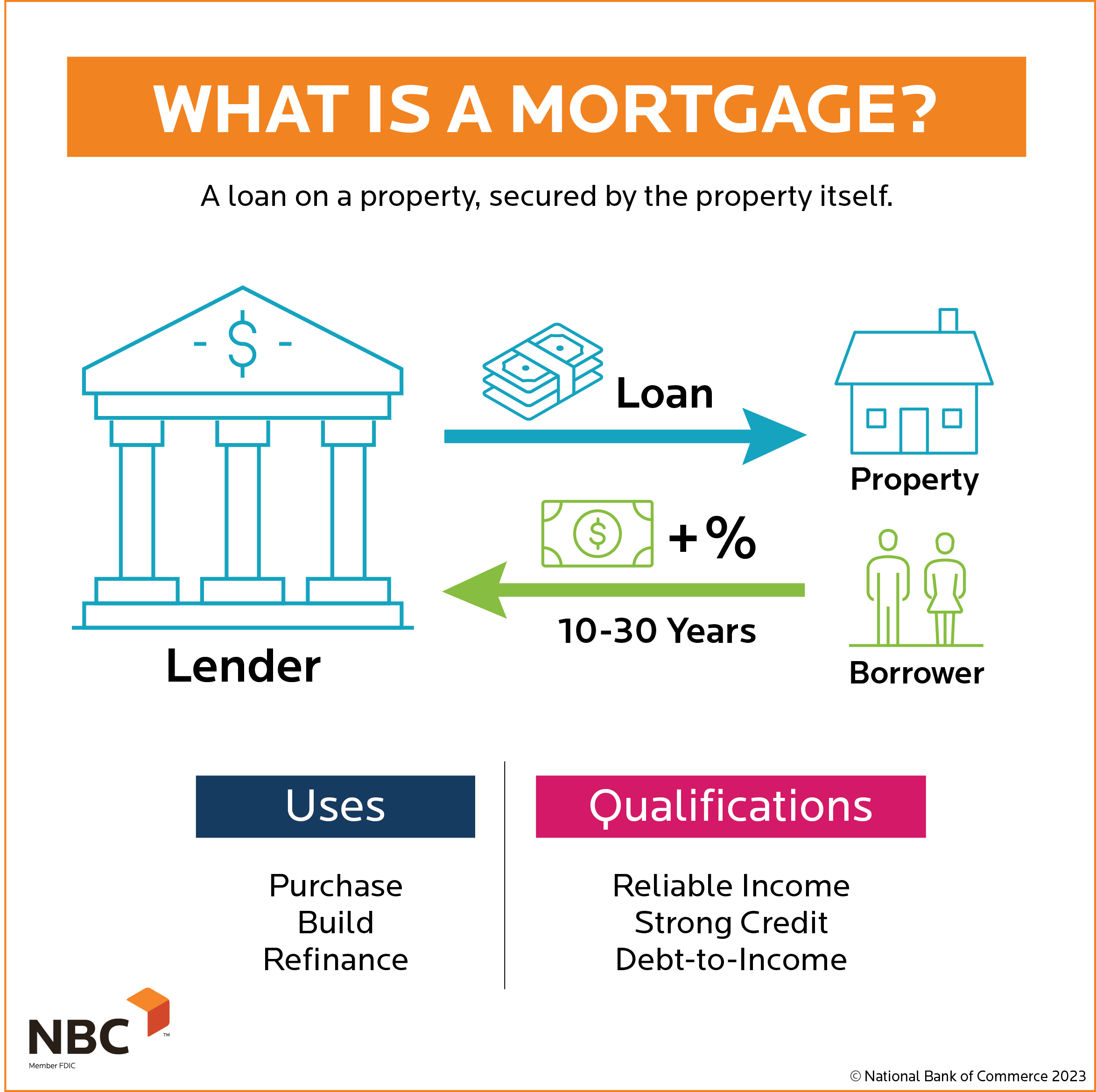Optimize Your Homebuying Possible with Conventional Mortgage Loans
The Essential Factors to Consider When Picking Between Fixed-Rate and Adjustable-Rate Home Loan Fundings
When assessing home loan alternatives, borrowers face a pivotal choice between fixed-rate and adjustable-rate financings, each presenting distinctive advantages and prospective challenges. Key considerations such as passion rate security, predictability in month-to-month settlements, and the implications of potential price modifications can substantially influence lasting financial wellness.
Rates Of Interest Security
When choosing a home loan, recognizing rate of interest stability is vital for educated decision-making. Rates of interest can dramatically impact the total price of a home mortgage, and acknowledging the nature of these prices is essential for customers. Fixed-rate mortgages offer the benefit of constant month-to-month payments over the life of the financing, securing consumers from market fluctuations. This security enables home owners to intend their financial resources with greater assurance, as they will not be affected by climbing rate of interest.
On the other hand, adjustable-rate home loans (ARMs) start with lower preliminary rates that may alter occasionally based upon market conditions. While this can cause lower payments initially, it likewise introduces unpredictability, as debtors may encounter boosted repayments if rates of interest rise. For those taking into consideration an ARM, it is vital to evaluate the chance of rate adjustments, the possibility for repayment increases, and the size of the initial fixed-rate period.
Inevitably, the selection between adjustable-rate and fixed-rate home loans rests on specific threat tolerance and financial situations. Comprehending interest rate stability helps borrowers make educated decisions that line up with their long-lasting economic goals.
Month-to-month Settlement Predictability
While customers commonly prioritize rate of interest security, the predictability of regular monthly settlements is just as vital in the mortgage selection process (Conventional mortgage loans). Monthly repayment predictability plays an important function in budgeting and financial preparation, as it directly affects a house owner's capital and overall monetary wellness
Fixed-rate home mortgages provide a regular month-to-month settlement throughout the life of the car loan, enabling debtors to prepare for and prepare their costs efficiently. This security can be particularly beneficial for new property buyers or those on a set income, as it eliminates the unpredictability connected with fluctuating settlements.
On the other hand, variable-rate mortgages (ARMs) commonly feature lower initial repayments that can transform gradually, causing possible irregularity in regular monthly obligations. While initially enticing, this unpredictability can complicate monetary preparation, specifically if consumers do not account for future price changes.
Prospective Price Modifications
In the world of variable-rate mortgages (ARMs), possible price adjustments represent a considerable variable that debtors should very carefully consider. Unlike fixed-rate mortgages, where the rates of interest stays unchanged for the life of the financing, ARMs are characterized by varying interest rates that are connected to market indices. This variability can result in significant adjustments in month-to-month payments, impacting the debtor's economic planning and budgeting.
Generally, ARMs have an initial fixed-rate duration during which the rates of interest is stable. Hereafter period, nevertheless, the price adjusts at fixed periods-- typically annually. Consumers need to understand the margin and index made use of to compute these changes, as they directly influence future passion rates. Furthermore, ARMs frequently consist of caps that limit exactly how a lot the rate of interest can raise at each adjustment and over the life of the finance, which can supply some degree of defense against radical price hikes.
Understanding these potential adjustments is essential for customers, as they directly affect lasting settlement commitments. Assessing individual monetary scenarios and take the chance of tolerance is necessary when making a decision whether an ARM lines up with one's monetary objectives.
Finance Term Considerations
Financing term considerations play a pivotal role in the decision-making process for debtors choosing between fixed-rate and adjustable-rate home mortgages. The size of the financing term dramatically influences regular monthly settlements, interest rates, and general economic preparation.

Eventually, consumers must analyze their personal circumstances, monetary objectives, and market problems when evaluating the implications of lending term choices within each home mortgage type.

Overall Price of Borrowing
The total cost of borrowing is an essential variable that can substantially influence a debtor's choice in between fixed-rate and adjustable-rate home loans. Fixed-rate mortgages supply predictable month-to-month payments, as the rates of interest stays consistent throughout the car loan term. This predictability can lead to lower total costs, especially in a stable or decreasing rate of interest atmosphere. Borrowers can budget plan properly, knowing their settlements will not change.
On the other hand, adjustable-rate mortgages (ARMs) commonly begin with lower preliminary prices, causing lowered upfront costs. However, these rates can enhance after a preliminary duration, causing possibly greater long-lasting expenses. Debtors have to consider the frequency and degree of rate changes, as well as the general funding period, to accurately evaluate the monetary implications.
In addition, the general expense of loaning incorporates not only rate of interest however also fees and other connected prices, such as shutting costs and insurance policy (Conventional mortgage loans). When assessing mortgage choices, customers should perform a complete cost analysis over the life of the financing. By doing so, they can make an educated decision that lines up with their financial objectives and run the risk of resistance
Final Thought
Interest rate stability and regular monthly settlement predictability are paramount for effective budgeting, while the capacity for rate adjustments in ARMs presents financial uncertainty. Furthermore, the expected period of homeownership and the total price of loaning, consisting of passion rates and associated fees, must align with individual financial situations and run the risk of resistance.
Trick factors to consider such as interest rate security, predictability in regular monthly repayments, and the ramifications of prospective rate modifications can dramatically impact long-term financial health. Interest prices can dramatically affect the overall expense of a mortgage, and acknowledging the nature of these prices is essential for borrowers. Unlike fixed-rate mortgages, where the rate of interest price remains unchanged for the life of the lending, ARMs are characterized by changing rate of interest rates that are tied to market indices. Additionally, ARMs usually consist of caps that limit just how a lot the rate of interest rate can raise at each modification and over the life of the car loan, which can internet provide some degree of security against radical rate walks.
Rate of interest rate security and regular monthly payment predictability this website are extremely important for efficient budgeting, while the potential for price modifications in ARMs presents monetary unpredictability.